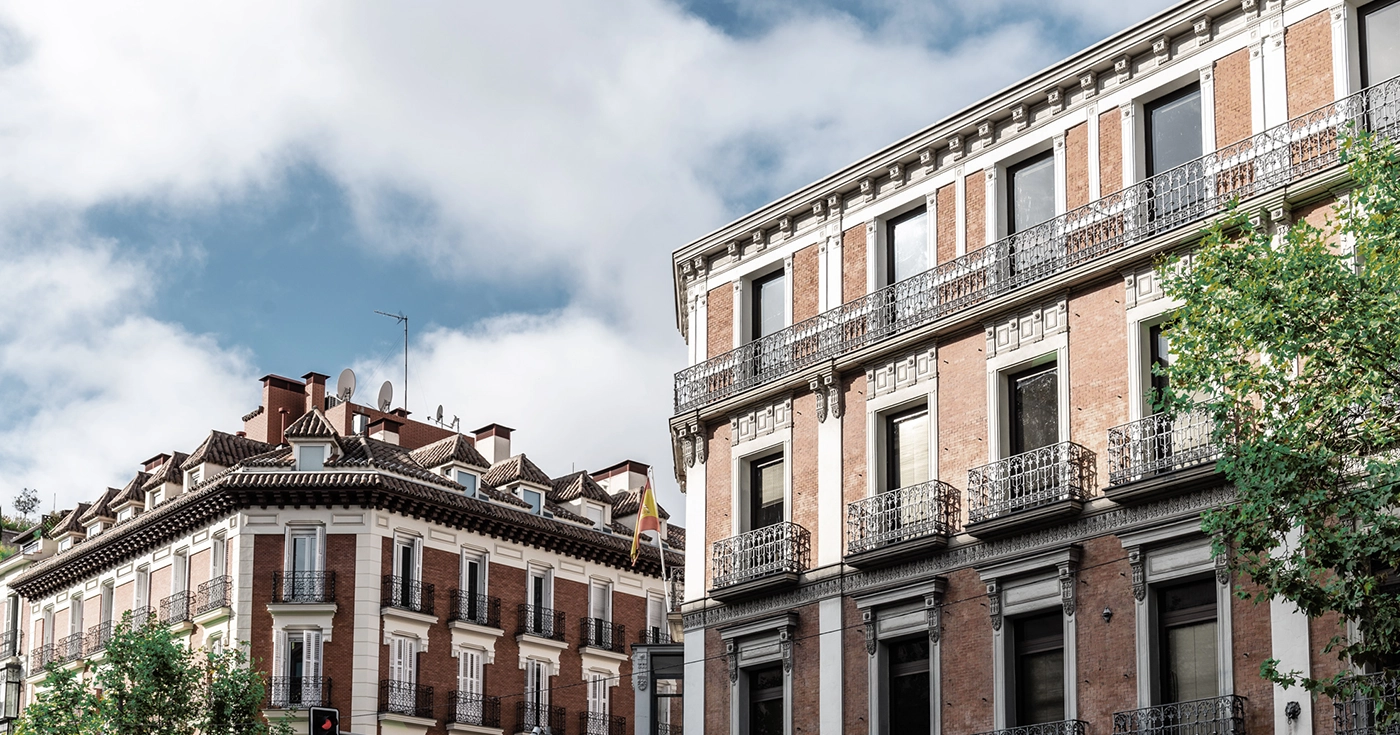
New developments that could alleviate Madrid’s housing problem
Last Updated on 24 June 2024 by Equipo Urbanitae
Madrid keeps growing. In 2023, it surpassed the 7 million inhabitants mark, 86,572 more than in 2022 according to the latest data published by the National Statistics Institute (INE). Projections for the coming years indicate that these figures will continue to increase. However, the housing problem, especially in the capital, is far from being resolved. In fact, it seems to be worsening.
During the IX Madrid Real Estate Financing Meeting (EFIMAD), Carolina Roca, president of the Madrid Association of Real Estate Developers (ASPRIMA), highlighted that at the national level, 2023 ended with a deficit of 200,000 homes, adding to the deficits accumulated over the last 15 years. “In the next four years, we expect to have final land for 92,000 homes, 42,000 of them with some degree of protection,” she assured.
In this context, last November the Madrid City Council approved new urban planning regulations “with the aim of promoting and facilitating future developments, as well as ensuring that the capital and the region continue to be the economic engine of Spain.” In addition to establishing a new framework for building quality, accessible, habitable, and sustainable buildings and homes, these regulations will be the essential pillar for the ten urban developments currently underway. These actions will add 204,000 homes to the city, many of them with some type of protection. What are these developments and where are they located?
Madrid Nuevo Norte: Madrid Nuevo Norte will cover an area of 5.6 kilometers from north to south. With the Central Park occupying 13 hectares and new connections to the M-30 and railway lines, this project is one of the City Council’s major initiatives. It will be divided into three new areas: “Malmea-San Roque-Tres Olivos,” “Las Tablas Oeste,” and “Chamartín Business Center.” A total of 10,500 homes will be spread over an area of 204,976 square meters, 15,000 of which will be dedicated to social housing.
Southeast Developments: The southeast area of Madrid is another major initiative of the City Council. Additionally, some areas already have thousands of residents and plan to build up to 115,000 new homes.
- Valdecarros: The most notable area of the entire southeast. It is the largest and most heavily invested, with a total of 7.6 billion euros, and comprises about 50,000 homes.
- Los Berrocales: The most advanced development, expected to start receiving its first residents from 2025. It is planned to have at least 22,000 homes, along with large green areas and wide sidewalks.
- Los Ahijones: An urbanization within the Los Berrocales neighborhood. It will include the construction of 19,000 new residential units on a surface area of 5,762,000 m². It will also have a metro station on line 9 and new access points to the M-45 and M-50 among other routes.
- Los Cerros: Will include about 14,270 new homes, some in buildings up to 20 stories high. It will become the greenest area of the entire southeast, allocating 1.7 million m² to parks and green spaces.
- El Cañaveral: Already home to thousands of residents and aims to build 14,000 homes, resulting in a population of about 30,000 people.
Solana de Valdebebas: Located in the northeast of the capital, this new residential area has a surface area of 1,091,140 m². It will add 1,393 new homes to the city, almost half of which (45%) will have public protection.
Campamento Operation: This is positioned as the most important public urban regeneration intervention in Madrid. It will be located on 211 hectares of public land from former military barracks, now unused, and plans to build more than 10,000 homes, 60% of which will be protected.
Former Carabanchel Prison: After 20 years of waiting, last September saw the unblocking of the urban development agreement to develop the land where this prison was located. Over 46,000 m² of public roads, 23,460 m² of green areas, and 640 homes, 34% of which will enjoy protection.
Ribera del Calderón: This action involves transforming the area formerly occupied by the Mahou factory and the old Vicente Calderón stadium into one of the most central new urban developments. A total of 132,000 m² where nearly 1,500 homes and various facilities and sports installations will be built.
Other Developments: In the future, two more projects will be added. New Centrality of the East and New Madrid South. The first could accommodate more than 20,000 homes in the next 30 years and will be located in the San Blas-Canillejas district, next to the M-40 and the Cívitas Metropolitano stadium. On the other hand, New Madrid South incorporates the El Abroñigal project, which will include the construction of 3,000 new residences.

